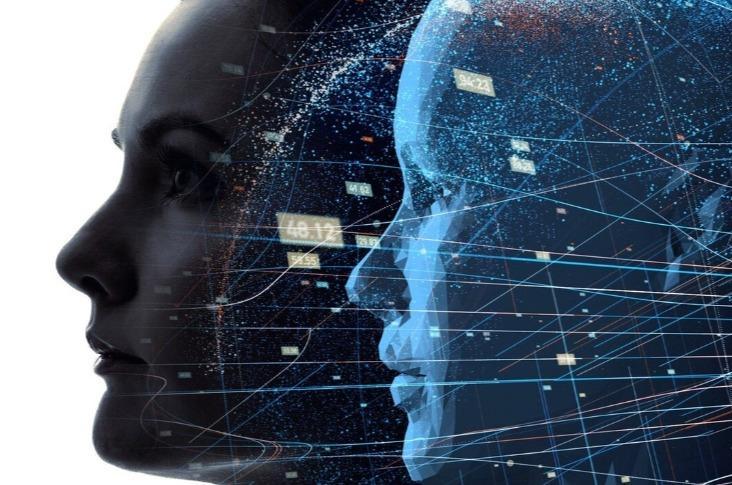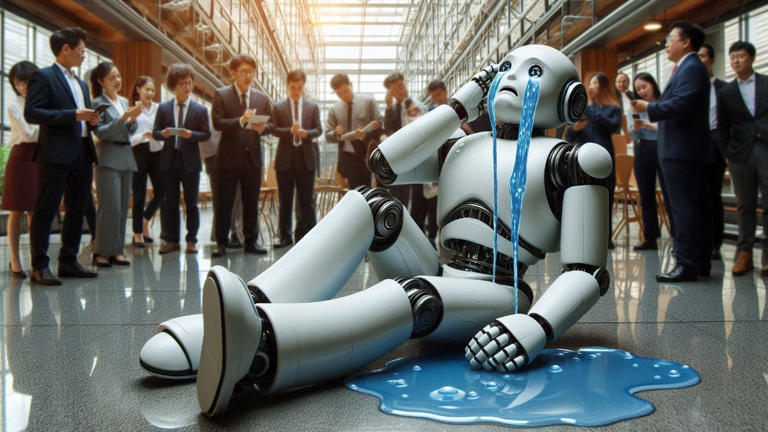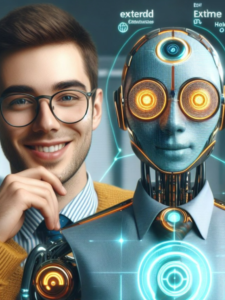Artificial Intelligence (AI) is one of the most exciting technologies of our time. It helps us in countless ways, from answering questions in chatbots to making our online searches faster and smarter. AI models, like OpenAI’s GPT-4, are at the center of this digital revolution. These AI systems are designed to understand human language and give responses that are more natural and accurate.
However, like any technology, AI has its flaws, and not everything is as perfect as it seems. Recently, OpenAI CEO Sam Altman admitted that GPT-4 “kind of sucks,” despite the huge excitement around it. Not only that, but a shocking new study has shown that GPT-4 consumes a surprising amount of water, even for something as simple as generating 100 words. Let’s dive deeper into these revelations and understand the journey of AI, its challenges, and its future.
What is GPT-4 and Why Is It So Popular?
GPT-4, created by OpenAI, is one of the most advanced AI models in existence today. It’s a language model, which means it can read, understand, and generate human language in a way that seems natural. For example, if you ask it to write an essay, answer a question, or even explain complex topics, GPT-4 can do it. This is why it’s used in various applications like chatbots, customer support, content creation, and even gaming.
But while GPT-4 can do many things, it’s still far from perfect. In fact, OpenAI’s CEO, Sam Altman, openly admitted that “GPT-4 kind of sucks.” This may sound surprising because many people view GPT-4 as a groundbreaking achievement in AI. However, Altman’s statement highlights an important fact: AI is not flawless, and even the most advanced systems can make mistakes.

The Problems with GPT-4: Why Does It “Suck”?
- Inaccuracies and Errors:
One of the main issues with GPT-4 is that it can still produce incorrect or nonsensical answers. Even though it has been trained on vast amounts of data, sometimes it gets confused and gives responses that don’t make sense. For example, if you ask it a tricky question, it might give an answer that sounds right but is actually wrong. This happens because the AI doesn’t truly “understand” things the way humans do. It’s simply predicting what answer should come next based on the patterns it has learned. - Overconfidence in Responses:
Another problem is that GPT-4 can sound overly confident, even when it’s wrong. It might give an answer in a way that makes it seem like it’s 100% correct, which can confuse users. This is especially dangerous when people rely on AI for important information, like health advice or legal questions. - Lack of Common Sense:
AI models like GPT-4 may be great at analyzing data, but they lack something crucial: common sense. For instance, if you tell GPT-4 something like “The sky is green,” it might not immediately realize this is incorrect because it doesn’t “know” the way humans do. It just processes patterns from the data it was trained on.
While these problems exist, they don’t mean GPT-4 is useless. It’s still a very powerful tool that can help us in many ways, but it’s important to remember that it’s not perfect.
AI’s Hidden Environmental Impact: The Water Problem
Now, let’s talk about something most people don’t know: AI consumes a lot of water. This may sound strange at first—how can an AI, which is just a computer program, use water? The answer lies in how AI models like GPT-4 are trained and maintained.
Recent research from the University of California has revealed that large AI models like GPT-4 consume up to three bottles of water just to generate 100 words! This information was first reported by The Washington Post and Tom’s Hardware, and it’s pretty shocking when you think about it.
But how exactly does this happen?

Why Does AI Use So Much Water?
When AI models are trained, they rely on large data centers that store and process huge amounts of information. These data centers have thousands of computers running 24/7, and they generate a lot of heat. To keep these computers from overheating, the data centers use cooling systems, and many of them rely on water to cool down the machines.
The more complex the AI, the more computing power it needs, and that means more water is required to keep the systems running smoothly. This is why something as simple as writing 100 words using GPT-4 can consume so much water.
Is AI Bad for the Environment?
We often think of AI as something that exists in the virtual world, without any physical impact. But the truth is, AI models like GPT-4 have a significant environmental footprint. They consume energy, generate heat, and require water to operate.
Should we be worried about this?
Yes and no. On one hand, the environmental impact of AI is something we should take seriously. As more people use AI and as models become more advanced, the demand for computing power—and the resources needed to sustain it—will only increase. This could lead to more strain on our planet’s resources, especially water and electricity.
On the other hand, AI also has the potential to help us solve some of the world’s biggest environmental problems. For example, AI can be used to predict natural disasters, manage energy usage, and even help scientists find ways to combat climate change. So while AI does have a negative impact on the environment right now, it also has the potential to become part of the solution.
Balancing AI’s Power with Responsibility
AI is a powerful tool, but with great power comes great responsibility. Developers, companies, and governments need to find ways to balance the benefits of AI with its environmental costs. This could mean investing in more sustainable data centers, using renewable energy sources to power AI systems, or finding new ways to cool data centers without using so much water.
It’s also important for users—people like you and me—to be aware of these issues. While AI can make our lives easier and more efficient, it’s crucial that we understand the hidden costs of this technology. By being informed, we can make better choices about how we use AI and push for more responsible development in the future.
The Future of AI
AI, particularly models like GPT-4, has come a long way, but it’s far from perfect. From inaccurate responses to surprising environmental impacts, there are many challenges that still need to be addressed. Sam Altman’s admission that GPT-4 “kind of sucks” is a reminder that even the most advanced technology has its flaws.
At the same time, AI holds immense potential. If we can solve these problems—whether it’s improving accuracy, respecting copyright laws, or minimizing environmental impact—AI could transform the world in ways we can’t even imagine.
For now, it’s important to stay informed about both the benefits and the drawbacks of AI. Whether you’re using a chatbot to help with homework or thinking about the future of AI in everyday life, understanding the whole picture will help us build a better, more responsible digital future.







